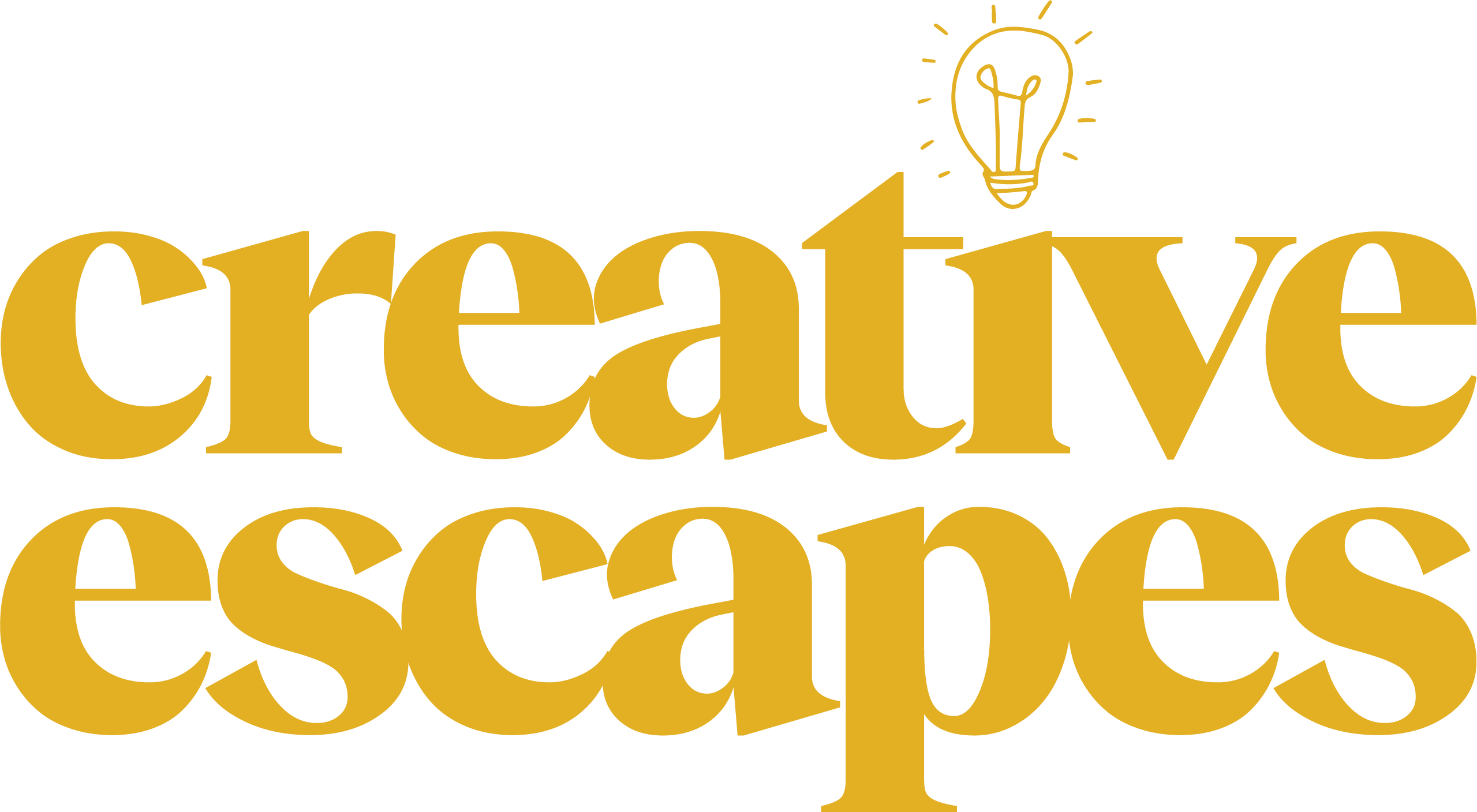Photography Holidays Camera Advice
Summers here, so you’re thinking maybe to buy a ‘proper’ camera? OK, so you’ve made the decision. Now what?
In this guide, we’ve cut through the fluff, taken a deep breath and listed our top tips on what to buy. Sure, we’ll drop in some names, but as you’ll see, it’s not about brand per se, more what you are going to use the thing for. Along the way, we’ve got some pocket-pleasing tips so you’ve got some change for some clothes in the sales, and a little plan to get you started once it’s unboxed and ready to rock, whether you’re considering a photography holiday in Cuba, Rajasthan, or any of our other worldwide photographic workshop destinations.
Buying a Nikon doesn't make you a photographer. It makes you a Nikon owner.
— Unknown
Tip No.1 - Don't buy anything
OK, bear with us here. You’ll get a new trinket in the end.
The reality is that almost all of the cameras on the market are amazing. Sharp pictures, lovely colours, great in the hands. Brilliant. The problem is that the shelves in your local Jessops are stacked full with zillions of options; you’ve got DSLR, Micro Four Thirds, Mirrorless, Fuji, Olympus, Nikon, Sony. Argh. Someone you know has recommended Canon because they love Canon. But the commission-hungry guy in the shop is steering you towards something entirely different. What to do?
Our advice is: walk out. Everyone has a camera nowadays, so call up your friends and get them to take you out on a little walkabout, and show you what they’ve got. You see, lots of cameras ultimately won’t ‘feel right’. If you think that at the start, then it’s not going to change – hasty purchases are going to leave you stuck. So too bulky/small/large/heavy isn’t going to cut it. The screen might be too small/menus too fiddly. Take your time – head out a few times with some different kit and do your research on location, not on the net. These things aren’t cheap, and it’s best to choose right – once and for all. Hey, you can even head back into the shop again, hand over your wallet, and take one for a test drive. If it’s a decent camera shop, they don’t mind. Failing that you could head out and rent one. Drop us a line and we’ll recommend some good places to go, if you like.
The point is, waiting a while gives you time to find a camera that suits you, plus gives you a chance to try out some different styles of photography. There’s no point buying a massive DSLR with zoom lens, if actually you’re drawn to street photography and using it will make you stick out like a sore thumb.
We’ve been running photography trips for more than 15 years and lost count of how many cameras have gone onto eBay after one of our courses. So save yourself all the hassle. Don’t buy one (for a bit).
Saturate yourself with your subject and the camera will all but take you by the hand.
— Margaret Bourke White
Tip No.2 - Just say no
Right. You’ve done your time, found your match, and you’ve got your credit card in hand. Retailers are getting killed by the internet, so they’ve rolled out a combination of trade-in, cash back and bundles to get you through the door.
However, twenty minutes in, you’ve got a fine deal on the camera you’ve-been-busy-making-sure-is-right-for-you (tick), but the counter has a load of other stuff there you’ll ‘definitely need’ – most of them expensive lenses with lots of acronyms. The cheap deal you imagined is becoming actually not that cheap.
Having done the same back in the day, and witnessed many clients arrive with more-kit-than-they-need, our advice to you is look to buy the body only, and pick one lens to start off with. If you need some tips on which one to choose, read our blog post on ‘What lens to buy’ to give you some help.
Having a new camera is bad enough to get to grips with, so make it as easy for yourself as possible. Adding in a troupe of lenses to the mix is often a step too far. And down the line, you’ll actually find you’ll wear one or two lenses to death, and the rest will sleep in the cupboard. Best to buy when you need, not overbuy and regret.
The less gear you use, the more you grow as a photographer. Although there are fewer options available, you'll find more creative ways to capture what you feel. In a way, all your technical options before turn into creative solutions that improve your photography even more.
— Marius Vieth
Tip No.3 - Don't get the latest model
When Canon brought out its 20-megapixel 6D model, in 2013, it won an EISA award for ‘Best Product’ – Amateur Photographer Magazine called it “superb”. At £1629, it was “everything any photographer could want”. And the price for this camera now, just 10 years later? A humble £420. Brand new. In the box.
Back in 2010, one savvy blogger decided to test out this continual desire we have to acquire the latest kit. He shot one image on a 6-megapixel camera, and the same image on a 21-megapixel – printed both and hung them on the wall. He asked friends and family to pick which one was the ‘expensive camera’ and which not. No one could tell the difference, the A3 sized prints simply weren’t large enough for anyone to tell.
Of course, beyond megapixels, cameras have improved in the last decade. But cameras touted as the latest thing a few years ago are going for half the price now, so our tip is snap them up and not the latest one.
If you’re keen to not spend too much and get the most bang for your buck, look at eBay. The site will be full of last years cameras recently replaced by Santa, with very little mileage on them (Simply ask them the activation count, or failing that the file number from their last shot to check. DSC0234.JPG means the camera has only ever taken 234 shots – they are built for between 20,000 – 50,000).
For me, the camera is a sketch book, an instrument of intuition and spontaneity.
— Henri Cartier-Bresson
Tip No.4 - If all else fails
If there are too many chiefs and not enough Indians in this scenario, here is our no-snooze roundup based on the cameras we’ve seen and experienced on our holidays.
DSLR v Micro Four Thirds v Rangefinder
The reason DSLR’s (Digital SLR) have been so popular is that they are easy to compose. When you look through the viewfinder, you see the exact shot you’re going to take. The other options are smaller, lighter, seemingly the obvious choice – but you see the shot on a small TV screen and it’s never quite what you see in the frame. Clients are divided – best to try out each for yourself. Seems minor, but it’s a love/hate thing that might change your mind.
Canon v Nikon v Fuji v Olympus v Sony
Nikon’s are built well, feel solid and high quality, but their menu systems are super complicated and tend to change after every model (thanks for that). Canon’s are more plasticky but easier to use. Fuji’s are really well built, so are Olympus and Sony. Basically, its horses for courses.
One’s to watch
Here are a couple of cameras to take a sneaky peek at.
- The Canon 1200D is a steal under £300. Really lightweight, small body so fits well in your hands, and packs 18 megapixels and an HD video camera too. Super simple to use too.
- Fuji X100 – professionals love this camera – its got a fixed lens so good for street, portraits, landscapes – and f/2 creates that lovely blur in the background. It produces beautiful, sharp, lovely coloured pictures; if the latest model’s price puts you off, there were two before it much lower.
If you’re still stuck, and toying with a couple of options, drop us a line on our Contact Form and we’ll gladly help out. Happy shopping!



